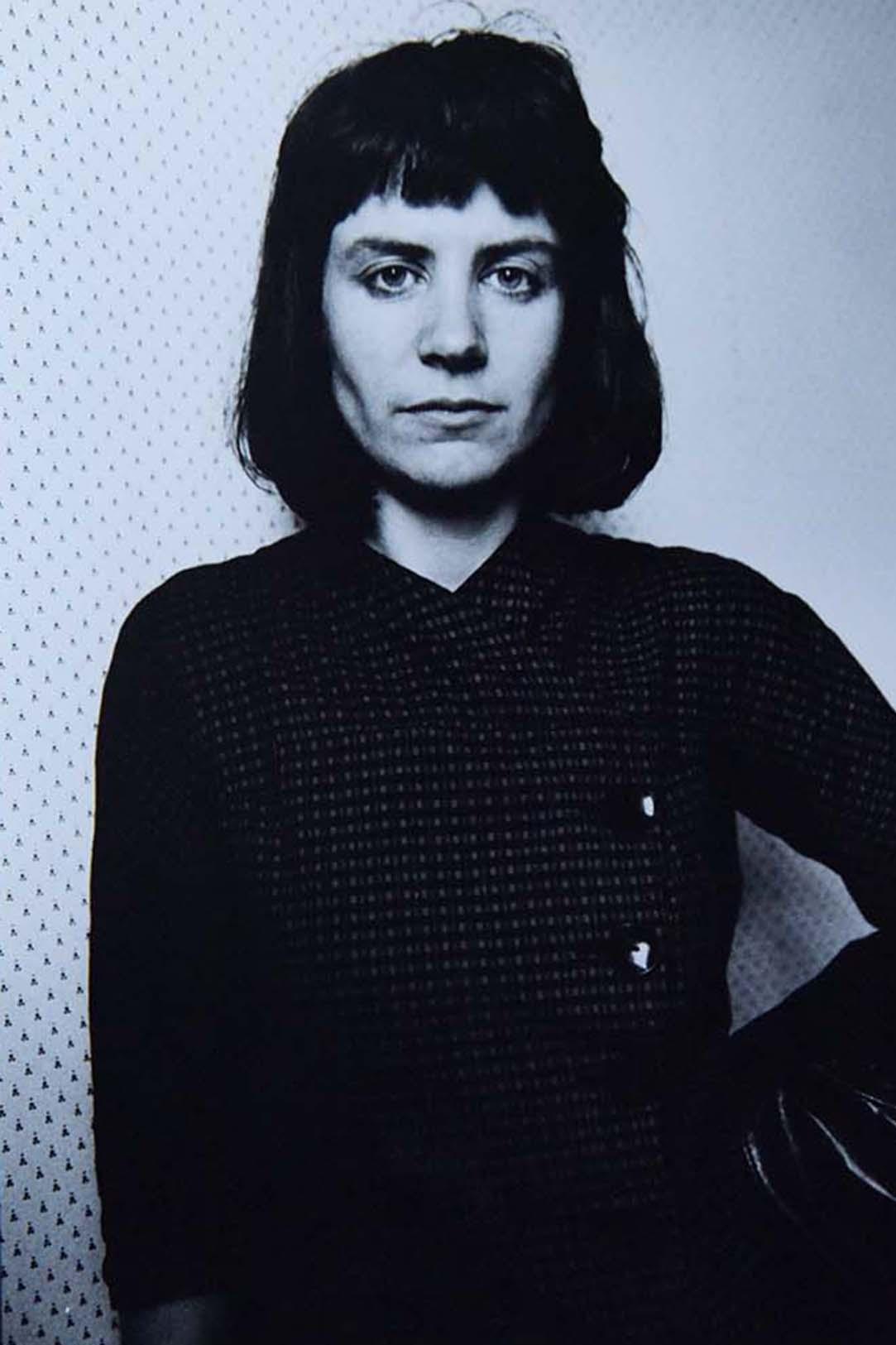
‘At the beginning of the 1980s the Irish filmmaker Vivienne Dick was perhaps the most celebrated figure in New York’s ‘No Wave’ or Punk cinema. She had produced a series of Super-8 film narratives, which were ‘hailed as contemporary underground classics’ and her work featured prominently in a special 1982 issue of the journal October, focusing on contemporary developments in avant-garde film. It included an interview, by Scott MacDonald, and an article by Village Voice critic J. Hoberman, dealing with the development of No Wave cinema since its emergence in 1978. Yet, as the above quote suggests, the focus of Vivienne Dick’s work was already shifting towards Ireland and in the same year she left New York for Dublin.
Another journey is also signalled by this special issue of October; the migration of No Wave cinema from its birthplace in the bars and rock clubs of the East Village, towards the established institutions of avant-garde film. No Wave cinema did not retain its position at the critical edge of avant-garde practice for very long. By 1984, the movement (if it ever had any such coherency) had dissipated and its history was being re-written by formerly supportive critics such as Hoberman. In an overview of developments in American filmaking, entitled ‘After Avant-garde Film’, Hoberman dismissed No Wave cinema as a ‘postmodernist repetition’ of an earlier cultural moment, associated with pop art and underground film and compared this repetition to the nostalgic ‘genre pastiches’, such as American Graffiti, Star Wars and Body Heat, produced by Hollywood during the same period.
The No Wave movement retains a place within American film history, however, and in recent years a number of major retrospective exhibitions have been staged. Vivienne Dick’s work has featured in two: No Wave Cinema,1978-87 at the Whitney Museum (1996) and Big as Life: An American History of 8mm films (1999), at the Museum of Modern Art. Even though she has not lived in the US since 1982, these events have confirmed her status as an important ‘American’ filmmaker. But Dick’s prominence within the No Wave has also worked to limit analysis of her work in the US and in Ireland. For the most part, American curators and critics have paid little attention to her later films, made in Ireland and in London.
No Wave cinema has always been theorized in terms of a definitively American tradition, not least because of the fact that Vivienne Dick and her contemporaries Beth and Scott B, James Nares and Eric Mitchell were all based in New York during the late 1970s and early 1980s. J. Hoberman was also instrumental in shaping the processes of reception and historicization, through his articles in the Village Voice and an influential programme of screenings at Anthology Archives in I981. He consistently situated the movement in relation to a specifically American tradition of narrow-gauge filmmaking, an approach that did not allow for an extended analysis of either Dick’s feminism or issues of cultural specificity.
It was only when Vivienne Dick began to focus on overtly ‘Irish’ themes, in Visibility: Moderate – A Tourist Film (1981), that critics such as Hoberman began to emphasize the fact that she was Irish. Her association with No Wave cinema has also presented problems of categorization for Irish curators and critics, particularly in relation to the dominant practices in Irish cinema or visual art. Until relatively recently, her work was outside the canon in its most literal sense: the national film archive. This is despite the fact that she has made a large number of films in Ireland since the early 1980s and has represented Ireland in a small number of international exhibitions and festivals.’ — Maeve Connolly
___
Stills
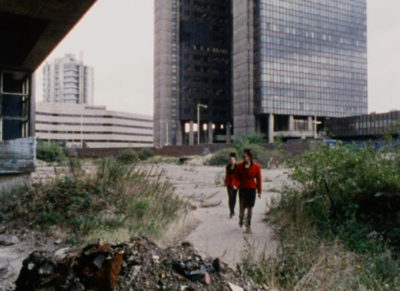

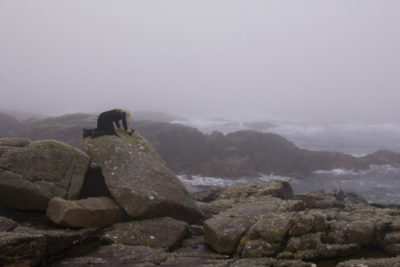

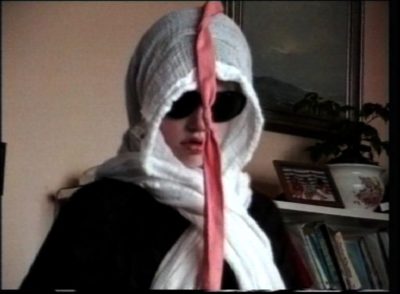

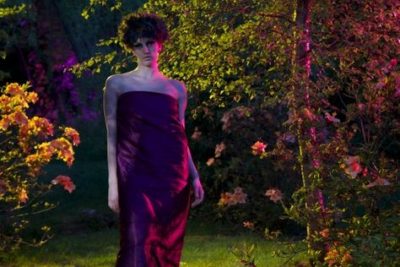
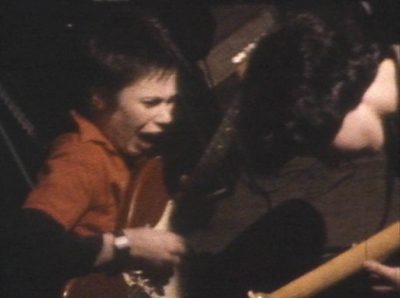
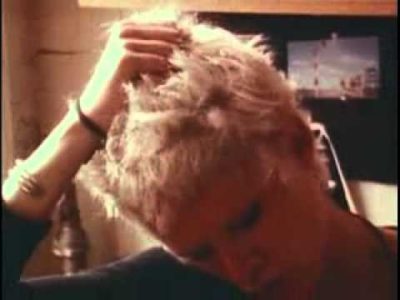
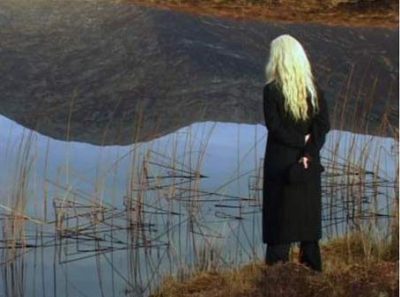
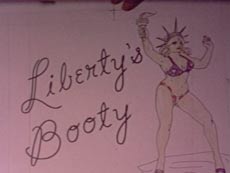

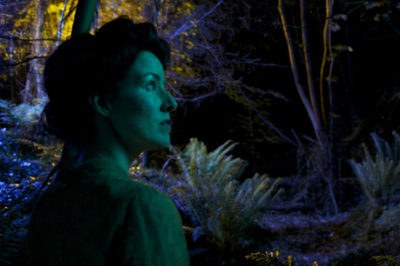
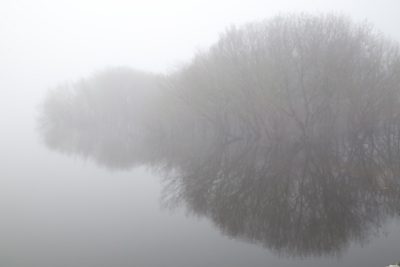
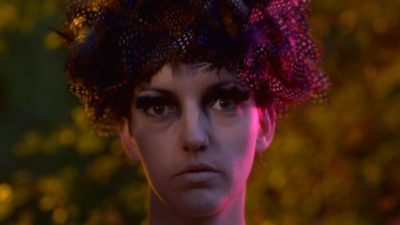


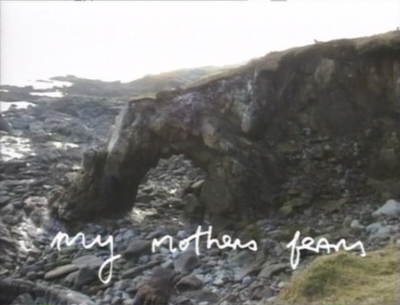


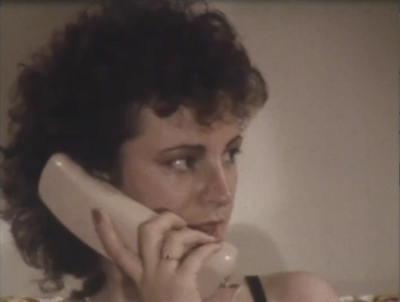
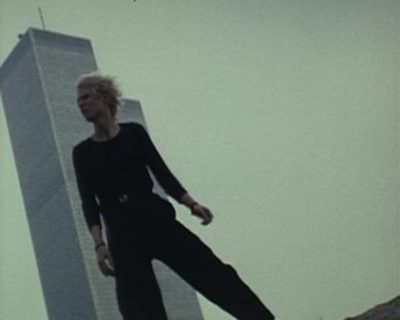
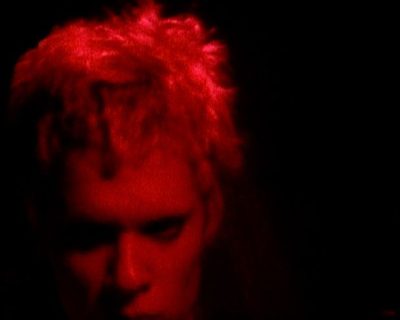
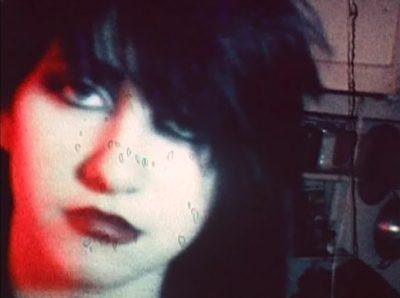
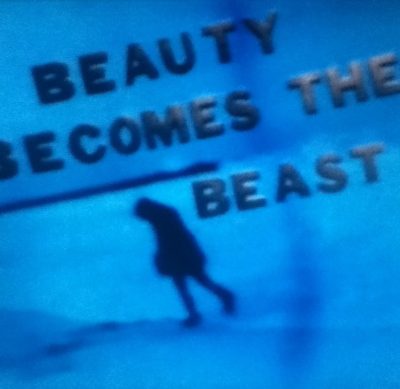


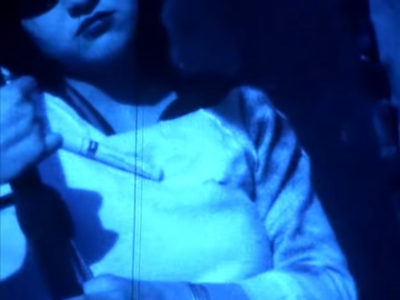
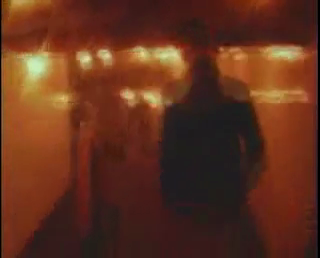

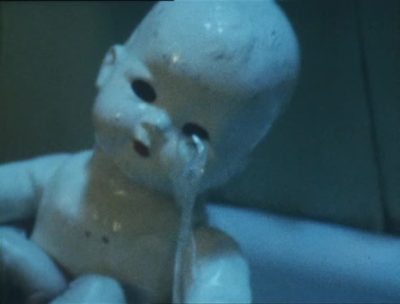

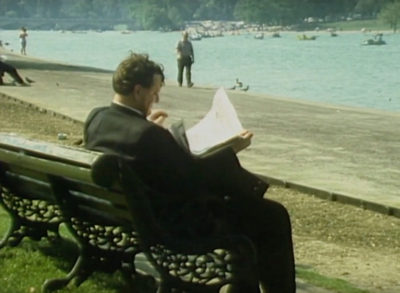

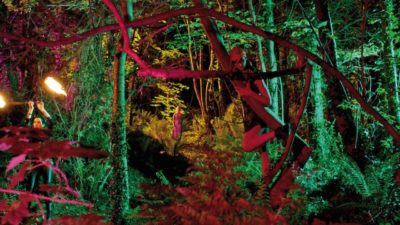
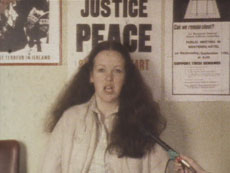
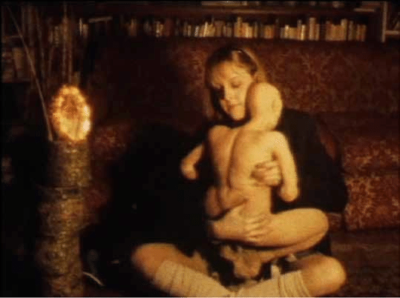

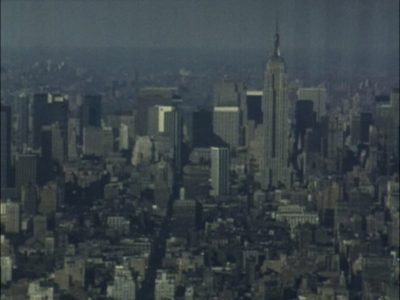
____
Further
Vivienne Dick @ LUX
Vivienne Dick @ The Film-Makers’ Cooperative
Vivienne Dick @ IMDb
Book: Afterimages 4: Vivienne Dick
DVD: Between Truth and Fiction: The Films of Vivienne Dick
Vivienne Dick: Excluded by the Nature of Things
DICK FLICKS
Films by Vivienne Dick
Vivienne Dick’s Film Portraits
Vivienne Dick @ MUBI
A particular incoherence: some films of Vivienne Dick
Vivienne Dick: Still noisy after all these years
Vivienne Dick at IMMA – stardust memories from a No Wave icon
“Punk Was a Great Liberating Thing for Women”: Filmmaker Vivienne Dick on No Wave and Making Art in ’70s New York
INTERVIEW WITH VIVIENNE DICK: PUNK, ART, POLITICS AND FEMINISM
Vivienne Dick: ‘Experimentation becomes an important way to resist’
RE-WRITTEN IN THE FEMININE: THE FILMS OF VIVIENNE DICK, OR: JUSTIFIABLE MATRICIDE, THE CONTEMPORARILY UNSPEAKABLE AND THE RETURN OF THE REPRESSED
____
Extras
Vivienne Dick – ‘93% STARDUST’ – Interview
What do you love about your life, Vivienne Dick?
Trailer: Delirious Rhythm, 1936-2017: Films selected by Vivienne Dick
____
Interview
from The Tangerine Magazine

You grew up in Ireland in the 1950s and 1960s. What kind of film did you engage with at that time?
I was a student at UCD between 1967 and 1970, and was a member of the Film Club there. In that film club we saw more alternative type of work, selected by whoever was running the club. I remember seeing films by Bergman and Godard: Weekend, for example. I remember quirky films from the sixties like Here We Go Round the Mulberry Bush. In Killybegs, where I grew up, there was an independent cinema which showed quite an eclectic bunch of films, like Suspiria by Argento, films selected by the cinema owner.
Did censorship have much of an impact on film at that time in Ireland?
We were all aware of censorship in literature and film. There was not much world cinema or independent cinema. I remember when Antonioni’s Blow-Up turned up in Dublin. I lived in Paris for a bit after that—the city of cinema. I remember being very impressed with Fassbinder’s Fear Eats the Soul, that had just come out. And I saw Warhol films in London around that time.
You’ve lived in Paris, England, Germany, India—
Yeah, I lived in Aix-en-Provence after I left college for a year, and then I was in Paris, I lived in Germany for a year—I moved around a bit. And then I decided to go to New York, to America.
What influence did that travel have?
Basically, there wasn’t much happening here for me, being a woman. The only career open to me would have been teaching at a secondary school or something, and I just didn’t feel quite up to that. Although I did end up teaching film eventually, and teaching English as a second language was always a fall-back job for me. I did many, many jobs just to get by. Aix-en-Provence was full of international students and so I was introduced to all sorts of stuff that I hadn’t known about in Ireland: music-wise, drug-wise (laughs). And then I met somebody in France who was into contemporary art. We went to visit art galleries together, and hitchhiked to Berlin. And he was very interested in music also. I am a big fan of Robert Wyatt. It was around this time I began to listen to a lot of experimental music—Steve Reich, for example, and jazz.
Was it around this time that you decided to move to New York?
I’m not really sure why I decided to go to New York. Certainly, there was no point in staying here, anyway. It was kind of like, wanting to stretch your wings, wanting to see other places. I remember meeting an Irish gallery owner in London, and I remember him saying to me that [New York] was a great city for women, which confirmed what I had anticipated, and I was not disappointed.
Can you speak a little about how you started making films there?
Well, I was interested in photography, and I had a camera. Before going to New York, I’d worked on a boat between Sweden and Germany, selling duty-free butter, and with the money I bought the camera. In New York I met a photographer who’d been to a school for visual arts, and I was looking at what he was doing, school-trained work. He taught me how to use the darkroom correctly. And then I gravitated towards the Lower East Side. It was a cheap place to live, and it was a very interesting time back then. It was the end of the hippy era, there were a lot of—there still are a lot of—Ukrainians and Poles there. And then it was the beginning of the punk thing as well. I found Millennium Film Workshop by chance on 4th Street and that was the first time I used a Super 8 camera. This was around 1976. But then a short time after that, I met a bunch of people—Scott and Beth B, Eric Mitchell, James Nares—at some gathering in someone’s apartment, who were talking about making Super 8 films, and using their friends as actors. This was the moment I decided I wanted to make films. I remember it really well. It was my birthday. At that time, I was hanging out in CBGB and listening to all this music; something really interesting was happening with the music and this energy became part of the filmmaking.
Did you sense a kind of conflict between the ethos of places like Millennium and Anthology [Film Archives], and the kind of film you were interested in, were interested in making?
Well, I certainly used to go to Anthology to view films. I’d never seen all this experimental American cinema before. It was quite an eye-opener because I realised, ‘God, I could make films too!’ They weren’t big budget productions, they were actually kind of domestic. That was the stuff I was interested in. There was not a big difference in the ethos of places like Millennium and Anthology really. Although I enjoyed seeing the work there at that time, I felt apart from both places. I was not trying to fit into this world.
You started off screening your films in bars and clubs, is that right? Places like Max’s Kansas City?
Yes, because those were the places we frequented. We thought maybe we could show our films in between bands. Anyway, many of the people in the films were in bands: were musicians, or singers, or whatever. So there was an interest for them in seeing those films.
How did it effect viewers’ engagement with the films, showing them in bars instead of galleries?
It was a much livelier audience. We kind of turned our noses up a bit at places like Anthology, which were very purist in a way, in terms of: no smoking, no talking, hard seats, respect for the film. That’s fine, but it was a bit over the top. So music venues were much more fun; you could just go and get a drink in the middle of a film. It was more relaxed.
In terms of the intersection between music and film, as you say, your films are peopled with a cast of musicians, and you played music for a while?
In Lydia Lunch’s band, yeah. I played the keyboard. I played violin as well, on The Contortions’ album. I loved The Contortions, so I was thrilled to be on their album.
Yes, I was interested to hear you talking about them in conversation last month at IMMA, about the ‘release’ of hearing their music for the first time. What were the aesthetic points of connection between the music and film of the time?
I always see my films as connected to music in relation to rhythm and pacing. Perhaps, like, if you think about The Contortions, and other bands who were around, they were quite dissonant in the way they organised their sound; there’s a rhythm there but it’s another kind of rhythm. In some ways I think this carries over into the way I edit film, or conceive of time, moving from one reality to another in an abrupt way. As I said earlier, the energy of the music was important as well.
How do you feel now about the various labels that have been applied to your early work: avant-garde, punk, no wave, etc.?
It’s just a label. It’s no big deal. I suppose when you say ‘no wave’, it does refer to a certain time period, an association with music. The ‘no wave’ do have certain things in common—working mostly with non-actors, for example, who happen to be musicians, and using Super 8 as a medium. In my work, there are elements of documentary, and there are elements of fiction as well as performance, and, along with that, there is also a kind of dream-world—an imaginary world, or even a surrealist world perhaps.
It’s such a well-documented period in New York, in literature. In Kim Gordon’s biography, she speaks about New York in the late 1970s and early 1980s as being ‘in crumbling shape […] before Soho and the art scene exploded, and [it] turned itself into a kind of moated kingdom’. Were you conscious, at the time, of the ephemerality of New York as a kind of artistic haven?
Yeah, it’s kind of interesting because people gravitate to New York from all classes, and from all parts of America: the Midwest, Detroit. James Chance from The Contortions was from the Midwest somewhere. Also, a lot of students turned up from art colleges who wanted to be artists but ended up turning to making music. People were making films, playing in bands, writing for magazines, painting. For example, James Nares was in a band, he was a filmmaker and a painter.
So it was a ‘melting pot’ so to speak?
Yeah, it was a melting pot—apart from there not being many black people on the scene, something which changed somewhat when hip hop appeared downtown in the early eighties. People felt emboldened to try their hands at whatever. Everyone influenced and supported each other. I found it amazing, because in Ireland, I was used to hearing people say, ‘Who do you think you are? What qualifies you for this position?’ None of that was ever said to anybody [in New York]. You just presented whatever you were doing. I never felt so liberated as I did there. I was very aware that I wasn’t trained as a filmmaker. And I didn’t give a damn! The musicians weren’t trained either. And they were making fantastic music. I think I found my own voice, in my own way. Had I gone to film school, and been taught the ‘right’ way to make a film, it would have squashed anything that was there. I don’t think I would have made the same films somehow.
Was your early work a conscious reaction against a more structural school of film?
Yeah well, I mean, structural film was the dominant independent work at that time. And our work was completely opposite. We were interested in working with elements of narrative and with people. I have great respect for structuralist work but at the time a number of us were not interested in making such films—it was not consciously a reaction—it was more being interested in something else and not being concerned if it was ‘acceptable’ or not. It was exactly the same with the music of the time. Film critics picked up on our work very early on—people like Amy Taubin and Jim Hoberman. Later Scott MacDonald interviewed me and wrote an article in October which caused some mutterings: ‘What’s she doing in that magazine?’ (Laughs).
How has your process changed over time? How has your sensibility developed in terms of the visual element of your films, your use of sound?
The sound has got much more complex. I’m using better technology. I tend to move the camera less, and that’s a technical thing as well, because these new digital cameras, you can’t move them so easily—especially DSLR. But I do much prefer a small camera. I really like the everyday.
That reminds me, I wanted to ask you about something you’d spoken about in that early interview you mentioned, the one with Scott MacDonald: the economic imperative of filming on Super 8, its accessibility. How do you think filmmaking has been affected by the advent of the smartphone? (I’m thinking of films like Sean Baker’s 2015 Tangerine, shot entirely on iPhones).
I haven’t seen enough of these films, I have to catch up. In a way, anyone can make a film, in terms of the money. It’s so easy now, the recordings are so good. At the same time though, you have to know what you’re doing. It’s really about being discriminate with what you see, and being discriminate with what you hear. There are all kinds of sounds there, but, you know, you have to select, you have to edit. But anyone with any desire to do it can surely do it, the technology is absolutely there. It’s all open. It’s like painting. Above all you have to have a passion to say something as well—that is the most important of all.
In terms of the composition of your films, is the work primarily scripted or improvised? Has that changed over time?
I don’t work with a traditional script. I do a lot of research and I am very selective with text usually. I tend to get nervous when I see a film that’s just a lot of dialogue. Some people like it, but it can make me want to sleep. Too much text can weigh the whole thing down. It is a question of balance.
_____________
12 of Vivienne Dick’s 19 films
______________
She Had Her Gun All Ready (1978)
‘This noir psychodrama follows the relationship between two characters, played by Pat Place and Lydia Lunch. Set in the Lower East Side in New York, the film revolves around the power relations between two friends where one is in thrall to the other. The relationship dynamic shifts halfway through the film after a long mirror scene, after which the ‘victim’ begins to stalk her aggressor.’ — LUX
the entirety
_____________
Staten Island (1978)
‘A low budget sci-fi short, where an androgynous alien, played by Pat Place, emerges from the sea to sift through rubbish on a beach. This film was originally intended to be part of a longer collaborative work to be made by a group of women called Les Guérilléres – after the radical feminist book of the same name by Monique Wittig.’ — VD
the entirety
_____________
Guerillere Talks (1978)
‘Guérillère Talks, comprising seven rolls of Super-8 film, is a series of portraits of women, all of whom are associated with the No Wave music and art scene. The film features Beate Nilsen, Ikue Mori, Lydia Lunch, Pat Place, Adele Bertei, and Anya Philips. In Guérillère Talks the filmmaker’s presence is felt through the expressive camera movements which contribute an energy and intensity to this exploration into notions of identity, as performers perform themselves.’ — LUX
Excerpt
Excerpt
______________
Beauty Becomes the Beast (1979)
‘Lydia Lunch is the protagonist of Beauty Becomes The Beast, where she appears alternately as a five-year-old child and a tough teenager. Dick’s densest and most associative film, Beauty Becomes The Beast is a virtual catalogue of female media images, ranging from Patty Hearst to ‘I Love Lucy.’ Switching scenes and modes like a bored TV watcher idly spinning the dial, the film depicts a world of women where mother and daughter are reciprocal roles in an ongoing chain of victimization…. Extremely effective, [this super 8 film] derives its considerable power mainly from the graphic regression of Lunch’s persona and from an undercurrent of sexual rage that courses throughout.’ — J. Hoberman
the entirety
______________
Liberty’s Booty (1980)
‘Watching Liberty’s Booty is to share the fascinated, yet non-judgemental gaze of the filmmaker herself, as if you were seeing the world anew. The camera circles textures and light, pausing as it meanders along on characters and objects that take its fancy. The film’s prologue gives the flavour. There’s a hermaphrodite doll in a black bin bag and a woman in a room surrounded by Christmas chintz who acts as a midwife as the doll gives birth. We cut to a shot to a woman riding in the sidecar of a motorbike down a street. She arrives at a doorway and gets out. There follows a title sequence which consists of an animation of the Statue of Liberty transforming from statuesque woman to striptease artiste to gun-toting militant; from goddess to whore to activist in three moves!’ — Bev Zalcock
Excerpt
______________
Visibility: Moderate (1981)
‘Vivienne Dick’s first film after the New York series takes her back to her native Ireland. Using Super-8 film as a parody of the ‘travelogue’ or home-movie style film, Dick takes a expatriate, tourist look at her homeland. The narrative follows Margaret Ann Irinsky as the American tourist trekking from a Dublin populated by Hare Krishnas and rock music, to the horse-drawn carriages in the west of Ireland and the kissing of the Blarney stone. The quaint perception of Ireland and the Americanization of the native culture are contrasted with interviews from sectarian prisoners and footage of political marches. As in all her work, Dick uses a mixture of verité shots which capture the essence of the locality and intersperses them with images which have a totally different feel. This method is used to highlight issues in a subtle way wherein the camera takes an active rather than a voyeuristic role.’ — LUX

_____________
Like Dawn to Dust (1983)
‘Lydia Lunch laments the difficulty of relationships in the wilds of Connemara, Ireland.’ — LUX
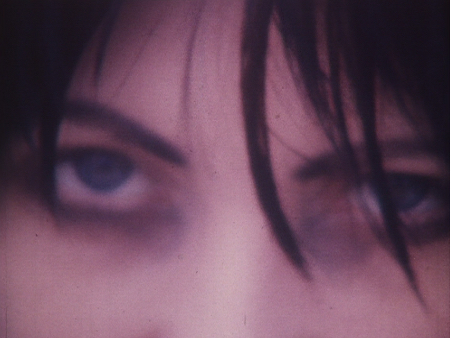
______________
London Suite (Getting Sucked In) (1990)
‘Hovering between fact and fiction the film depicts a slacker existence in London. London’s cultural diversity unfolds as Vivenne Dick portrays her friends, their lifestyles, what they talk about and how they talk. In this kaleidoscopic arrangement of encounters and re-enactments, equal weight is given to the passionate and the banal.’ — The Film-makers Coop
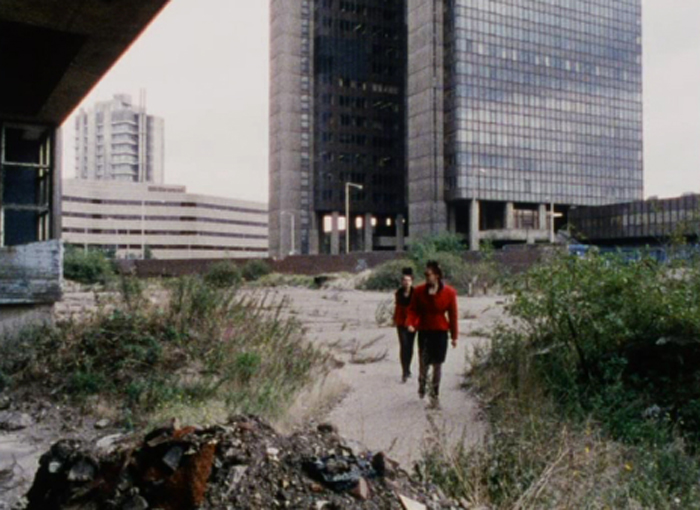
_____________
A Skinny Little Man Attacked Daddy (1994)
‘The films I make are about my life and the people around me. I want to awaken the fearless self. A Skinny Man Attacked Daddy takes a look at the family and the place where I grew up. So much of what is ‘me’ comes from attitudes, expectations, fears, habits, beliefs that I inherited from my parents (and they in turn from theirs). The video is about separation form the family. My work is to try to know myself – the only way to change inherited patterns.’ — Vivienne Dick

_______________
The Irreducible Difference of the Other (2013)
‘The Irreducible Difference of the Other questions what it means to be human in a world orientated towards war, terror, and consumption with Franco-Irish actress Olwen Fouéré inhabiting the two personas of Antonin Artaud and Russian poet Anna Akhmatova . Key historical moments are referenced, including opposition to the Iraq war, the Arab Spring and recent anti- austerity protests, proclaiming the desire for a world which is more balanced, and which focuses less on exploitation and destruction. An implicit critique of the male paradigm is embodied by the structure of the film – a richly textured weaving of sound and images – which posits the need for a renewal of relationship on both a personal and global level.’ — LUX
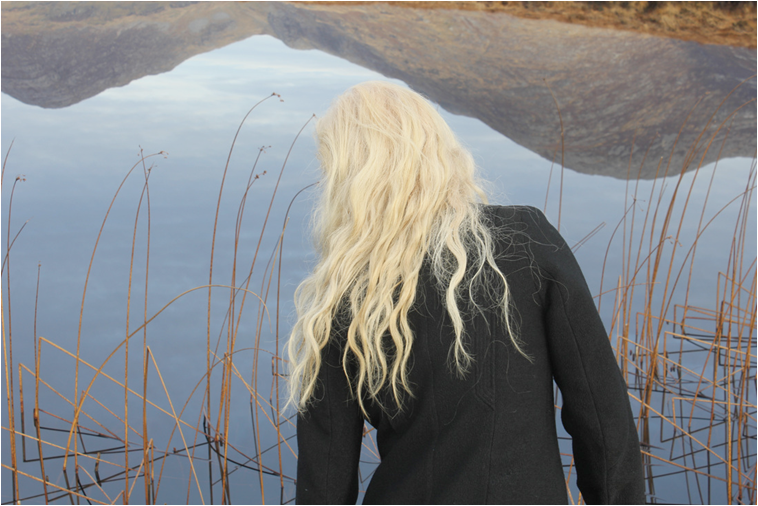
Vivienne Dick + Discussion (The Irreducible Difference of the Other)
______________
Red Moon Rising (2015)
‘A celebration of the carnivalesque, through dance, performance and the spoken word.The film reaches towards a renewal of our embodiment with the Earth as a response to a belief in invincibility, and the desire of Man to dominate the planets. A red moon is both a beacon, and a warning.’ — VD

______________
Augenblick (2017)
‘Augenblick reflects on what it means to be human in a post human world. | | A giant rock morphs into a mountain in a frozen landscape. In a formal garden, Jean Jacques Rousseau speaks about man and his relationship to society. In a theatrically lit room, three women of various ages announce a range of human beliefs from animism to our present accelerated digital world. Next the women are having tea in a sunny room and conversing about aging, diet and cannibalism. Rousseau reappears briefly and the film returns to the opening shot of a reptilian-like rock floating into space.’ — LUX
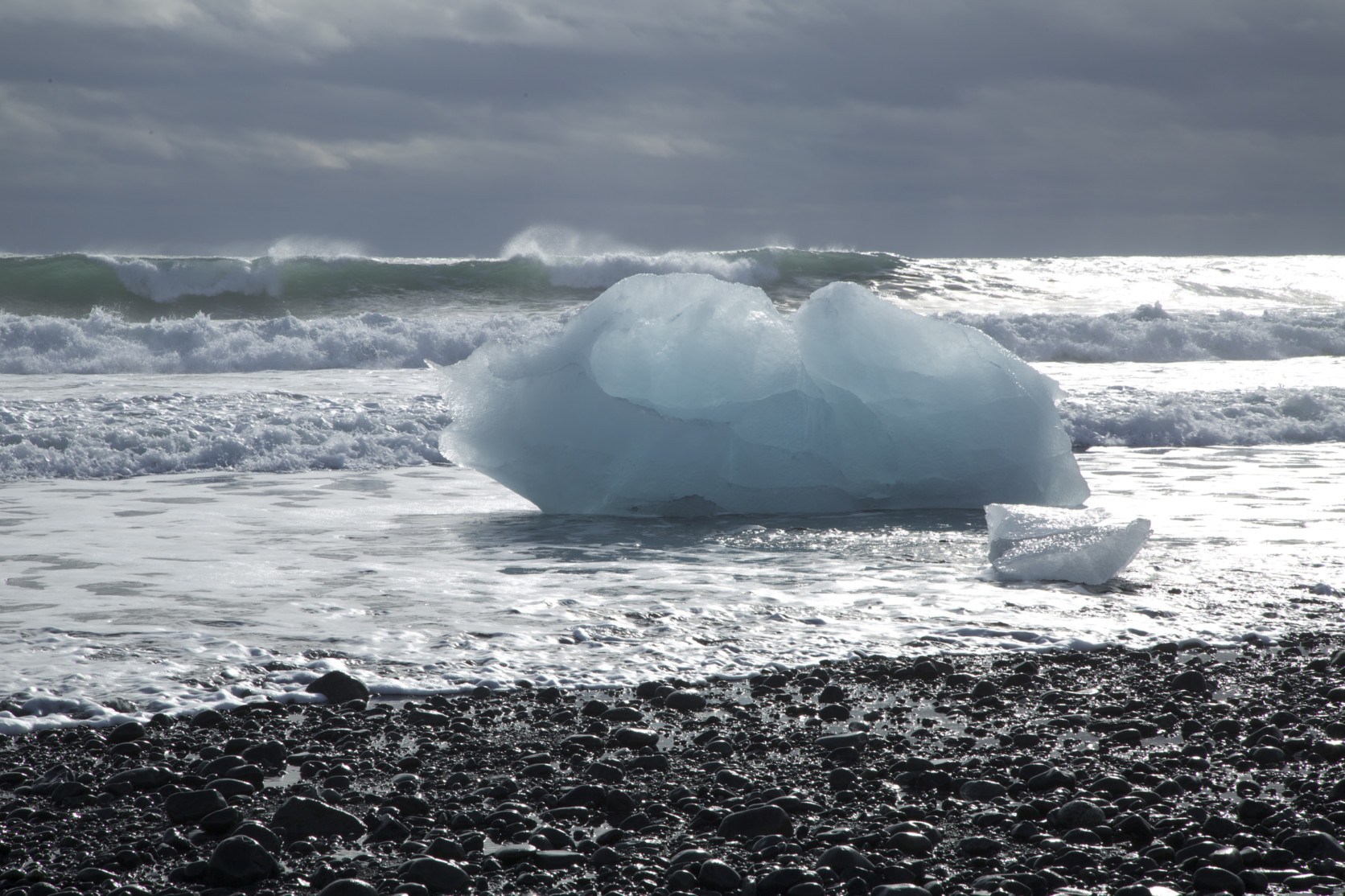
*
p.s. Hey. ** JM, Hi, Josiah. Thanks. Luck of the draw, as always. Good luck with your lockdown deadline thing. I guess it’ll be a gamble whatever gets decided. Which is stressful. Here too. Oh, wow, ‘Flesh and the Word’, I do remember that. I think I must have it amongst my stuff in LA. I can’t remember exactly what it was, though. I’ll do the googling thing. I like your idea about the film entry. Abstract is the tea in my cup these days. Nice project. I wish I had one of them. A bit of force would be useful. I can feel a de-clunking out there in the semi-near distance, but it’s still just flirting, or maybe it’s just minding its own business and I’m projecting onto it, who can tell anymore. We’re only allowed to walk for an hour here and not very far, not that people here are following the rules that tightly. I hope Thursday was your buddy. ** David Ehrenstein, Hi. I think the quarantining thing is having an adverse effect on escorts’ normal sociopathic behavioural outlay. Well, of course, the masks already are fetish items, or used as punchlines in not very clever erotic jokes, at least. Mm, in my experience, publishers/editors can be massively slow and neglectful even when they’re into something, and the current situation certainly isn’t helping, so I say don’t despair yet. You would need to ask Mark about Soho. It’s certainly a very good press. But I only know the fiction books they publish, yet I’m guessing they publish non-fiction books too? Surely. ** Dominik, Greetings!!! Thank you about my publisher score and about my title. Our quarantine started on March 16. Same as you guys! Yeah, it sucks for the Gisele work. We were reviving this older piece, ‘This Is How You Will Disappear’, which is our hugest, most elaborate work with an entire forest onstage, and a 40 minute fog invasion/sculpture, and live performing birds and owls, and holograms, and so on, for a short tour in Paris and London. But the Paris engagement at the end of May is now cancelled, and setting up and restoring the work is very time-consuming, and the London theater doesn’t have the time and space to allow us to do that, so the London shows have to be cancelled too. Very disappointing. We don’t know about the pro writer thing re: the TV project. The pro writer is supposed to turn it into a ‘normal’ TV series since we refuse to do that, and then Zac and I would work with him or her or them, whatever that means. The project has seemed like a dead horse we’re flogging for quite a while now, but it’s Gisele’s decision, not ours, so onwards we go, however futile that is. Wow, the cut-up project. That’s very exciting! You’re being a total hero and role model about how to stay fired up under these dire circumstances. I’m going to try to absorb some of your vibes. My day was blah-ish, I guess. Another one of those. Emails, a couple of phone calls, went down some pleasurable YouTube black holes re: this or that — killed a couple of hours chasing every video by/about one of my all time favorite bands, The Move. Started answering questions for an interview for a magazine or journal or something. Not much. I hope the creative roll that you’re on continued today. Did it? How were these 24 hours? Love that turns me into a human firework, Dennis. ** Steve Erickson, Thanks. The pub date isn’t set yet because there is uncertainty around whether books already scheduled for publication will get delayed or not, which would delay everything, but I was told that late 2021 is the likely time. I’ve heard of ‘The Nest’, but that’s about all. Will check out Manzi and Black Dresses, thank you. Good luck with the revisions. Later von Trier has so swamped the virtues of his early work that I can imagine it would be hard to properly distinguish the two. ** Nick Toti, Thanks, Nick. There is an early version of a piece of ‘I Wished’ in that anthology, yeah. Got your email, thank you! I’ll get back to you very shortly. And I’m happy BS Johnson struck a nerve. Yeah, he’s very good. Cool. ** Bill, Thank you, Bill! Wait’ll you see the slaves this month. They and their suitors have been quarantined into a state of relative madness. It’s still kind of vague on the May 11 reopening. No one really seems to understand the guidelines. It does seem possible that cafes could open with strict distancing rules, but, as cafes are all about socialising, that might be the reason they’re on the ‘no’ list. But will art galleries reopen, for instance? One would think so since they’re hardly swamped with people. It’s confusing. Bon day. ** liquoredgoat, Hey, pal! Good to see you! Thanks about the novel, and I hope you can sort out how to write during this. I’m still trying to get there myself. ** Right. Today the blog is handed over to one of the pioneers of the so-called ‘No Wave’ cinema scene/movement of the 80s/90s, the honorable Vivenne Dick. Have fun. I think you will if you let yourselves. See you tomorrow.




 Now available in North America
Now available in North America 
The 80s was a great time for experimental filmmaking and Vivenne Dick. is one of the big reasons why.
Hi!!
Shit, I’m so sorry about ‘This Is How You Will Disappear’. It sounds like an absolutely grandiose production with so, so much work in it. Fuck… (And the title just begs for me to send this song along: https://www.youtube.com/watch?v=V7yVHb3HZ2Y)
Working with this pro writer sounds exactly like what you’ve been through before with your producer who was dead set on normalizing the script… But let’s hope, of course, that it’ll be different with this new person… When does this whole thing start up again?
Haha, thank you! Honestly, I kind of feel like I’ve been living as if I was in quarantine since forever and I’ve been trying to push myself out of it for a while now because I felt like I was missing out on so many things – which I obviously was. And now that the whole world is “on pause”, I feel like I finally have the time to incubate or something, in this round-the-clock, very intense way, without interruptions or real possibilities to try and escape. I can’t remember ever being so productive and I feel like I’ll finally be ready and willing to step out of my bubble when we can start slowly easing back into life outside. So, in any case, I’m happily sending my vibes towards you!!
How was your day? Have you heard back from the Twisted Experiential guys?
Love with a wrought iron gate forming a pineapple in the middle!
I’ve seen Vivienne Dick’s name in connection with that late 70s/80s period, but never checked out her films. This is a good nudge to do so, thanks.
Sorry to hear about the cancellations for This is How You Will Disappear. I feel so lucky that I caught it in Avignon years (geez, *years*) ago.
It makes sense to reopen art galleries. But only for obscure, unpopular, transgressive artists, haha.
The recording of my live-streamed gig last Sunday is up at https://www.soundcrack.net
You have to select “4.12.20 PONIIA #2 (Principles of Non-isolation In Audio)”, then hit play. (The playback controls are tiny and wonky, sorry.)
Sharkiface/Marlo Eggplant start off from 00:00 to about 00:30. Then we have a few “dj-ed” pieces (including Paul Bley playing Annette Peacock’s “Nothing Ever Was, Anyway” on Moog, one of my favorite songs!). Peter J. Woods and I play from about 00:37 to 01:00. A few more dj-ed pieces, then all four of us play from about 01:07 to 01:33.
Bill
Info on the program:
https://www.bayimproviser.com/EventView.aspx?e=17754
Vivienne Dick! Saw an exhibition she did with Nan Goldin at IMMA a couple years ago. Her stuff is kind of confusing I think, or maybe its only confusing if you try to find a narrative. I remember watching her weird sci-fi thing in a room with fake moonbeams. She has a short film with Olwen Fouere who plays Artaud (?) and she narrates like, Clarice Lispector? Olwen Fouere is class, she works a lot with Marina Carr, who is also class. “Prepare your skeleton for the wind!” Thats what Olwen’s character said to the brat who broke her son’s heart in Marina Carr’s latest play. A threat I can’t wait to use one day! hi Dennis. Bye!
This evening the DCA reading group met up via Zoom to talk about the bell hooks book All About Love. Not material I’ve much of an interest in, but 22 people took part so it was a worthwhile experience in and of itself.
If you have any spare lockdown time for a podcast then today the Resident Advisor site posted this illuminating interview with artist Jeremy Deller, where he discusses the social and political importance of rave culture.
Dennis, So funny that Dominik mentioned that My Chemical Romance song. I think I mentioned it to you years ago when you and Gisele first did your piece. Or at least I thought about mentioning it to you. Shit, I can’t remember.
Hmm, a pro writer. Yikes. Hope it goes well. I don’t know if you know Joe M.’s story about his Edie script for the BBC back in the day. Essentially, what ended up on screen wasn’t even the vaguest shadow of what he’d written. I guess, at worst, you pull out and say fuck this if it looks like it’s going that way.
I think we’re doing better with testing of the sick/people with symptoms. We -like you guys- need to get that sero testing going really well so we can see exactly how many people have had it. Seems they estimate 25%-50% of people who get it are either asymptomatic or have such mild symptoms they don’t go to the doctor or hospital and don’t get tested. So many stories of people here with flu in January and February who got negative tests for flu. “But I’ve got this fever and aches and this bad cough…” Hmm. We’ll see.
If the actual number is the estimated 10 to 20 times what we’ve officially recorded so far, then I think we’re in better shape than we thought, being on our way to herd immunity and all.
Our governor is now requiring masks be worn at all establishments and on public transportation, along with the 6-feet thing. My mom’s like, fuck it, I’m never going out again then. Hahaha.
Oh, Soho Press. I just finished Stephen Fry’s The Liar. Happened to look at the spine and it was pubbed by Soho. So weird. I really liked it. A reviewer described it as Evelyn Waugh meets Oscar Wilde. I say throw some Kingsley Amis in there too. I’m onto Skippy Dies now. It’s pretty good so far. Kind of suddenly into reading British and Irish schoolboy fare. Yikes. 😛
Re: rabbit holes, I spent some time today putting together a Spotify playlist of “fake New Wave.” That was inspired by my discovery of Alice Cooper’s FLUSH THE FASHION a few days ago, via WFMU playing a song from it (which I initially mistook for the Tubes!)
But I have several assignments for may: reviewing the new Perfume Genius & Car Seat Headrest albums for Gay City News and DEERSKIN (which makes it to VOD in the US May 1st) for the Nashville Scene. I am very grateful for that, and plan to start working on them tomorrow. (I got a link to stream Perfume Genius today.)
I downloaded the new Fiona Apple album today, but I haven’t had a chance to listen yet.
Have you ever done a Beth B day?
Hi Dennis. A big mazel tov on the USA publisher! How are you holding up?
Hadn’t heard of Vivienne Dick before. Quarantine and all I’d been staying away from movies lately. I guess after dropping out of film school I needed a break and now this was a good return. I enjoyed her boldness has a way of working out well visually, even when the film is clearly over- or under- exposed. Gets me thinking yet again about underground filmmaking without recording sound on set as something still worth doing.
Thank you for your good wishes for my dad. He’s in week two of chemo. You’d also asked me about my job search. Basically I’m 30 and have flirted with or tried out several conventional or non-conventional careers but nothing seemed to stick, so I’m in what feels like a holding pattern of writing and editing English copy. It’s much easier to make a modest living at it in Israel than USA but it’s still not easy. I wish I could do some kind of craft for money but unfortunately my motor skills are terrible. I’d like to think that if I’m outgoing enough something more lucrative and fulfilling will come along.
I’ve been reading a ton in quarantine. Last week it was The Man Without Qualities and now my long dormant interests in math and philosophy are coming back. I enjoyed The Man Without Qualities a lot. It’s dense and sprawling yet also episodic and funny. Have you read Musil? I saw that his first book is a sadistic boarding school story I’d like to track down.